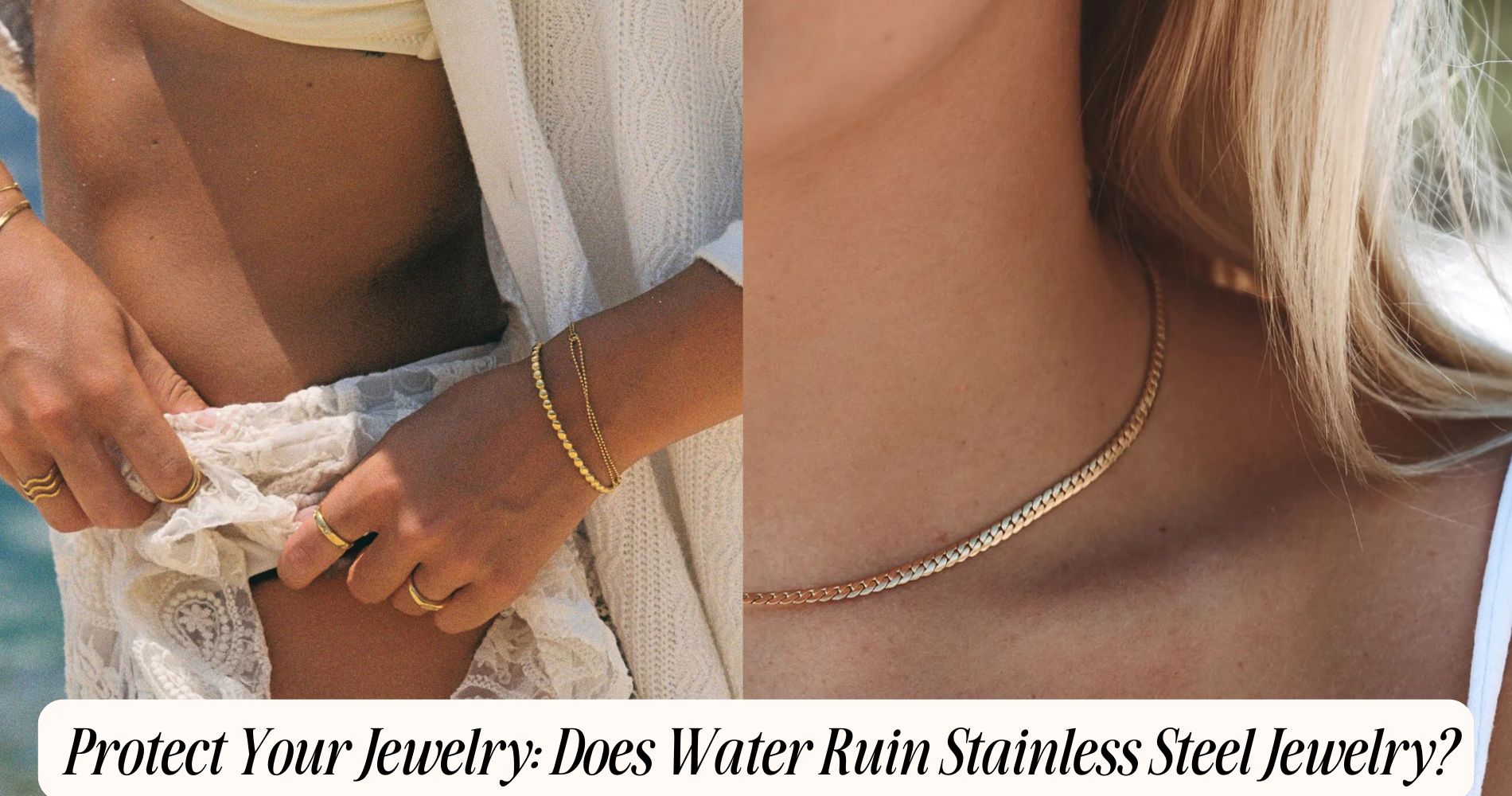
Protect Your Jewelry: Does Water Ruin Stainless Steel Jewelry?
Many people wonder, does water ruin stainless steel jewelry? The good news is, under normal conditions, water won't ruin your stainless steel jewelry, thanks to its high corrosion resistance. Everyday exposure to freshwater is generally safe. However, prolonged contact with saltwater or chlorine can cause damage. Chlorine, commonly found in pools, may dull the finish, while salt can create corrosion. To maintain your jewelry's appearance, rinse it with fresh water if exposed to chlorine and regularly clean it with mild soap. Regular inspections for scratches or discoloration are key to catching issues early. There's plenty more to explore on how to properly care for your stainless steel jewelry and extend its life.
Understanding Stainless Steel Jewelry
Stainless steel jewelry offers a blend of durability and aesthetic appeal that makes it a popular choice for many.
When you explore stainless steel types, you'll find options like 304 and 316L, each providing unique benefits. 304 stainless steel is generally more affordable, while 316L is prized for its enhanced corrosion resistance, making it ideal for active lifestyles.
The jewelry durability of stainless steel is remarkable; it resists tarnishing, scratching, and bending, ensuring that your pieces maintain their beauty over time. This resilience means you can wear your jewelry daily without worrying about wear and tear.
Understanding these properties helps you make informed choices, ensuring you select pieces that not only look great but also stand the test of time.
Water Resistance of Stainless Steel
Stainless steel jewelry is known for its impressive corrosion resistance, making it a popular choice for everyday wear.
However, understanding how to care for and maintain your pieces can enhance their durability, especially in wet conditions.
Let's explore the water resistance properties of stainless steel and the best practices for keeping your jewelry in top shape.
Corrosion Resistance Properties
Jewelry made from stainless steel is renowned for its impressive corrosion resistance, particularly when exposed to water. This unique property stems from the alloy's high chromium content, which forms a protective layer that prevents oxidation and rust.
Unlike other metals, stainless steel can withstand moisture, making it an excellent choice for everyday wear. You won't have to worry about your jewelry losing its luster or becoming damaged after contact with water.
However, it's important to remember that while stainless steel is resistant to corrosion, harsh chemicals or prolonged exposure to saltwater can still affect its appearance.
Care and Maintenance Tips
When it comes to maintaining the water resistance of your stainless steel jewelry, a few simple care practices can go a long way.
First, avoid exposing your jewelry to harsh chemicals or prolonged water immersion, especially during daily wear. After wearing your pieces, gently wipe them with a soft cloth to remove any sweat or residue.
Proper jewelry storage is essential; keep your stainless steel items in a dry, cool place, preferably in a fabric-lined box or pouch to prevent scratches. If your jewelry gets wet, dry it promptly to guarantee it stays in top condition.
Regularly inspect your pieces for signs of wear, and address any issues immediately to prolong their life and beauty.
Common Myths About Water Damage
You might believe that stainless steel jewelry is completely impervious to water damage, but that's not entirely true.
Many misconceptions exist about its durability, especially regarding exposure to chlorine, which can cause harm over time.
Understanding these myths is essential for properly caring for your jewelry.
Misconceptions About Stainless Steel
Stainless steel, often celebrated for its durability and resistance to corrosion, is frequently misunderstood when it comes to water exposure. Many people fall for stainless steel myths, believing that any contact with water can lead to damage.
In reality, stainless steel's misunderstood properties make it highly resistant to rust and tarnish, especially compared to other metals. While prolonged exposure to certain conditions, like saltwater, can affect its appearance, everyday wear in freshwater is generally safe.
You don't need to worry excessively about removing your stainless steel jewelry before washing your hands or showering. By understanding these misconceptions, you can confidently enjoy your stainless steel pieces without the fear of water ruining them.
Effects of Chlorine Exposure
While stainless steel jewelry holds up well against water exposure, many people harbor concerns about how chlorine can affect its integrity.
Chlorine interaction, especially from swimming pools or hot tubs, can lead to dullness or discoloration over time. It's a common myth that stainless steel is completely impervious to such chemicals.
To protect your jewelry, consider taking swimming precautions, like removing your pieces before diving in. If you do accidentally expose your stainless steel jewelry to chlorine, rinse it thoroughly with fresh water afterward.
Regular cleaning with mild soap and water can also help maintain its shine and prevent any potential damage. By following these simple steps, you can keep your stainless steel jewelry looking its best.
Effects of Chlorine and Saltwater
Exposure to chlorine and saltwater can greatly impact stainless steel jewelry, often leading to corrosion and dullness.
Chlorine damage is a significant concern, especially if you wear your jewelry in pools or hot tubs. The harsh chemicals can weaken the metal's protective layer, making it more vulnerable to pitting and discoloration.
Similarly, saltwater exposure poses its own risks. The salt can create a corrosive environment, accelerating deterioration over time. If you enjoy beach outings, it's wise to remove your stainless steel pieces beforehand.
While stainless steel is generally resilient, repeated exposure to these elements can compromise its shine and integrity. To keep your jewelry looking its best, consider minimizing contact with chlorine and saltwater.
How to Clean Stainless Steel Jewelry
To keep your stainless steel jewelry looking pristine, regular cleaning is essential. Start by using a soft cloth to gently wipe away dirt and oils.
For deeper cleaning, consider jewelry cleaning solutions specifically designed for stainless steel. Avoid harsh chemicals that can damage the surface.
If you notice scratches, stainless steel polishing can restore the shine; simply apply a small amount of polish with a soft cloth and buff it in a circular motion. Rinse thoroughly with water and dry completely to prevent moisture buildup.
Regular maintenance not only enhances the appearance but also prolongs the life of your jewelry. By following these steps, you'll guarantee your stainless steel pieces remain vibrant and beautiful for years to come.
Tips for Protecting Your Jewelry
After you've cleaned your stainless steel jewelry, protecting it from damage is key to maintaining its luster.
Start by ensuring proper jewelry storage; keep your pieces in a cool, dry place, preferably in a soft pouch or a lined box to prevent scratches. Avoid tossing them together, as this can cause unnecessary wear.
Seasonal care is also important; during humid months, consider using anti-tarnish strips in your storage area.
When engaging in activities like swimming or exercising, remove your jewelry to avoid exposure to water or sweat, which can dull its shine.
Finally, regularly inspect your pieces for any signs of wear and clean them as needed to keep them looking pristine.
Signs of Damage to Look For
When it comes to stainless steel jewelry, recognizing signs of damage is essential for maintaining its beauty and longevity.
One of the first scratches signs to look for are visible marks on the surface. These scratches can occur from everyday wear and tear, especially if your jewelry comes into contact with hard surfaces.
Additionally, keep an eye out for discoloration indicators, which may appear as dull spots or a change in color. This discoloration often results from exposure to harsh chemicals or prolonged contact with water.
Regularly inspecting your jewelry can help you catch these problems early, ensuring your stainless steel pieces remain attractive and resilient for years to come.
Stay vigilant and enjoy your jewelry's sparkling charm.
When to Seek Professional Help
Even with regular inspections and care, there may come a time when your stainless steel jewelry needs professional attention.
If you notice persistent discoloration, scratches that don't buff out, or loose stones, it's wise to consult a professional. They can provide expert cleaning that restores your jewelry's shine and luster.
Additionally, if your piece has bent or broken components, seeking repair services is essential to prevent further damage. Don't wait until the issue worsens; acting promptly guarantees your jewelry remains in top condition.
Professionals have the right tools and expertise to handle intricate repairs and maintenance. Prioritizing professional care can extend the life of your stainless steel jewelry and keep it looking its best.
Maintaining Jewelry Longevity
To guarantee your stainless steel jewelry lasts for years, it's crucial to adopt a consistent maintenance routine.
Start by implementing effective jewelry storage practices; keep your pieces in a dry, cool place, away from direct sunlight and moisture. Using a soft cloth or a dedicated jewelry box can prevent scratches and tangling.
Regularly clean your jewelry using gentle cleaning techniques, like warm soapy water and a soft brush, to remove dirt and oils. Avoid harsh chemicals, as they can damage the finish.
After cleaning, dry your pieces thoroughly to prevent water spots.
Frequently Asked Questions
Can I Wear Stainless Steel Jewelry While Swimming?
You can wear stainless steel jewelry while swimming, but it's wise to take swimming precautions. Rinse your jewelry afterward and dry it to maintain its shine and prevent any potential tarnishing over time.
Does Water Exposure Affect the Color of Stainless Steel Jewelry?
Water exposure generally doesn't cause color fading in stainless steel jewelry. However, prolonged contact with certain substances might lead to oxidation effects, which can alter its appearance. Regular cleaning helps maintain your jewelry's vibrant look.
Is Freshwater Harmful to Stainless Steel Jewelry?
Freshwater exposure isn't harmful to stainless steel jewelry. Its durability guarantees resistance to corrosion, though prolonged exposure may lead to tarnishing. Regular cleaning will help maintain its shine and appearance, preserving your jewelry's beauty.
How Often Should I Clean My Stainless Steel Jewelry?
You should clean your stainless steel jewelry every few weeks. Use gentle cleaning methods like soap and water, and follow maintenance tips to keep it shiny and free from tarnish. Regular care extends its lifespan considerably.
Will Sweat Damage My Stainless Steel Jewelry?
Sweat can cause corrosion on stainless steel jewelry, especially if it's prolonged and not cleaned afterward. It may also lead to skin irritation for some individuals. Regular cleaning can help maintain its luster and integrity.
Conclusion
In summary, while stainless steel jewelry is generally water-resistant, it's not entirely impervious to damage, especially from chlorine or saltwater. To keep your pieces looking their best, clean them regularly and store them properly. By following the tips provided and being mindful of potential hazards, you can guarantee your jewelry remains beautiful for years to come. If you notice signs of wear or damage, don't hesitate to seek professional help to restore your treasured items.







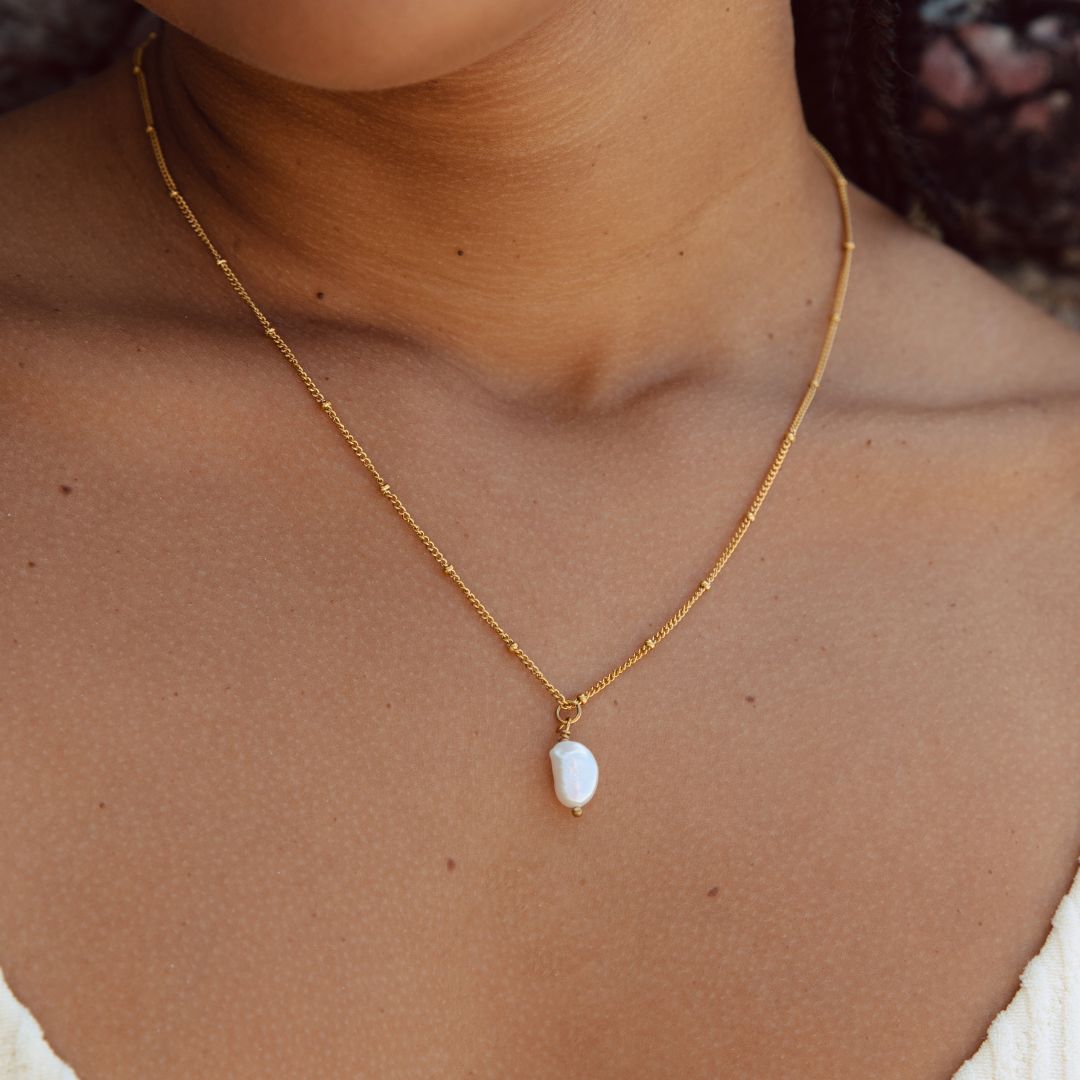

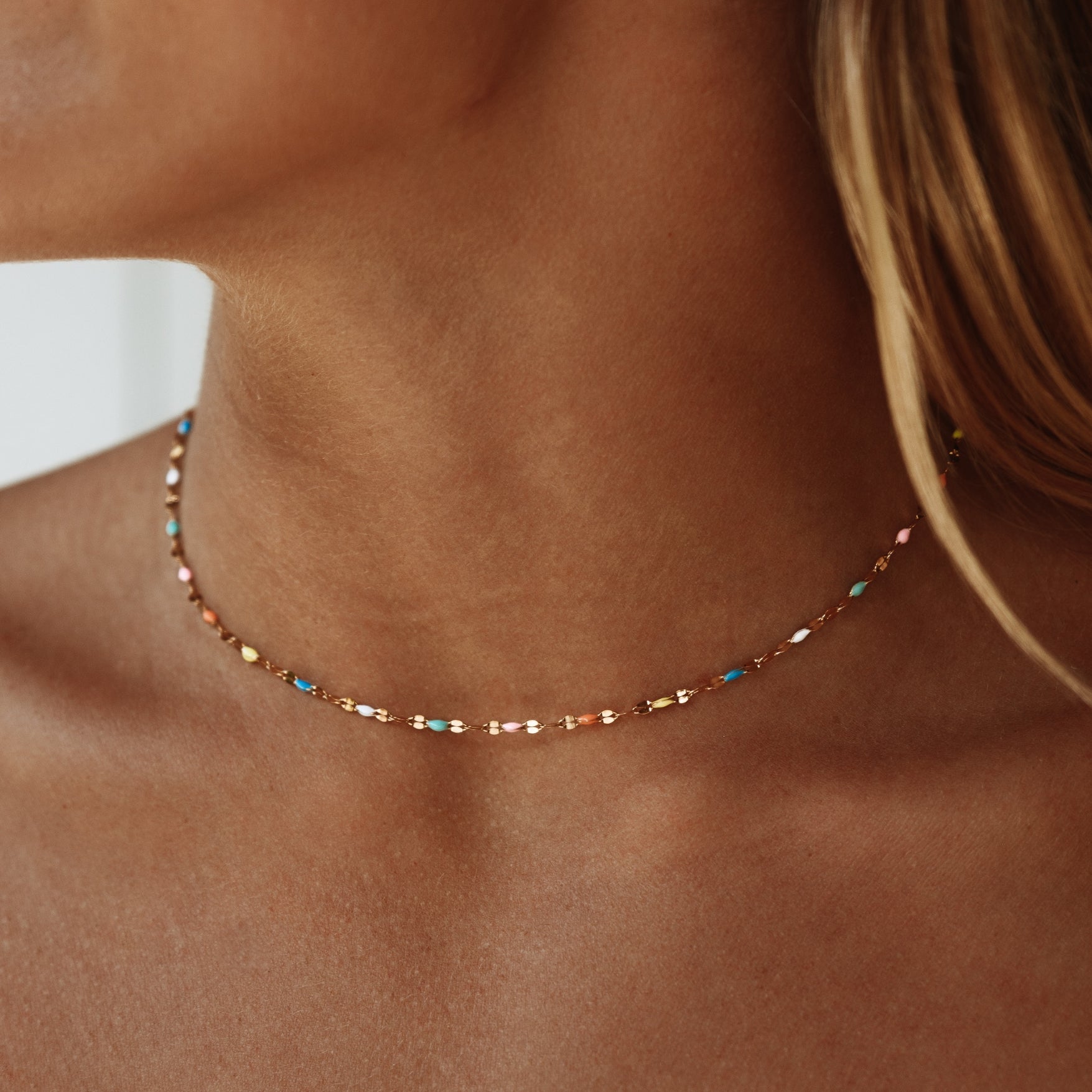


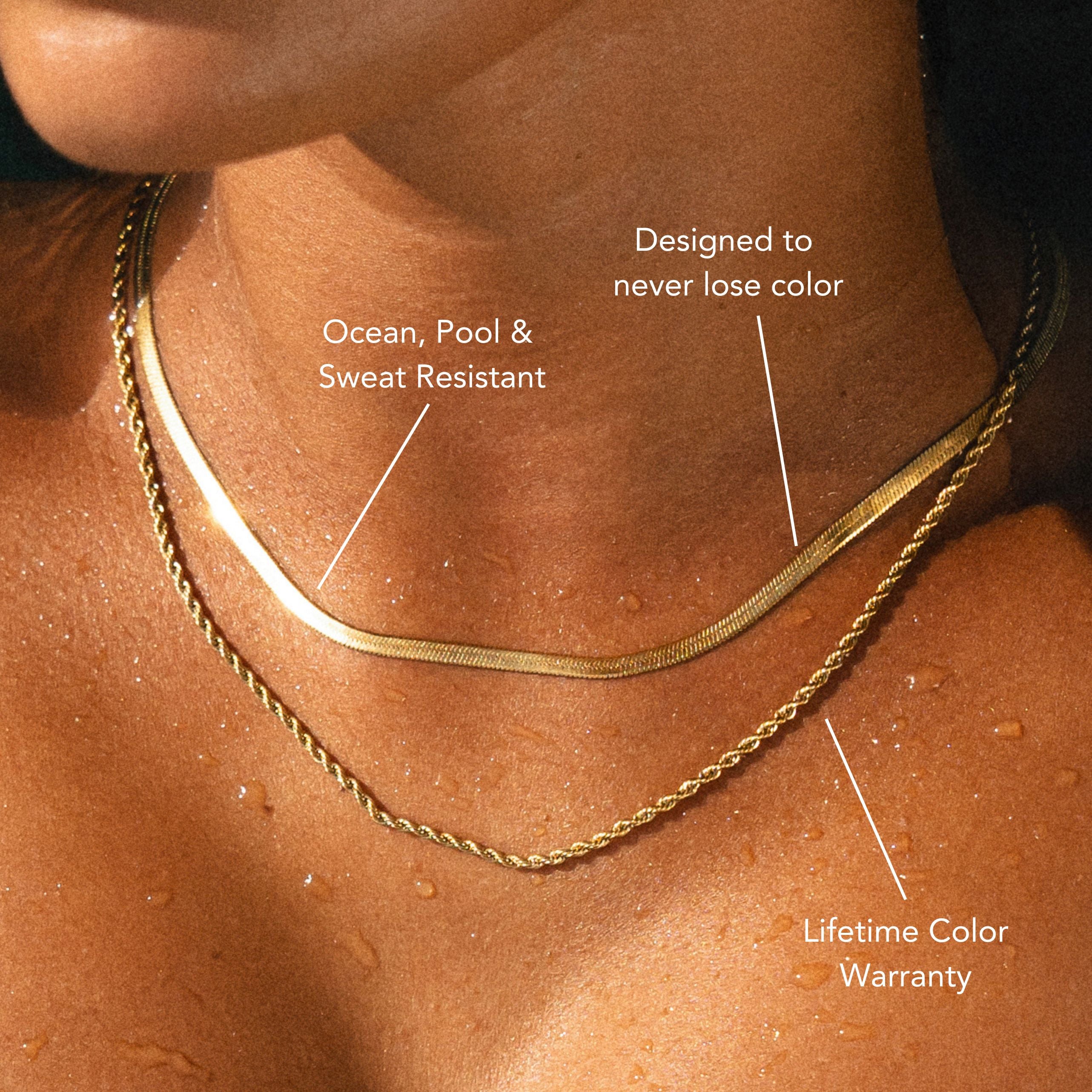
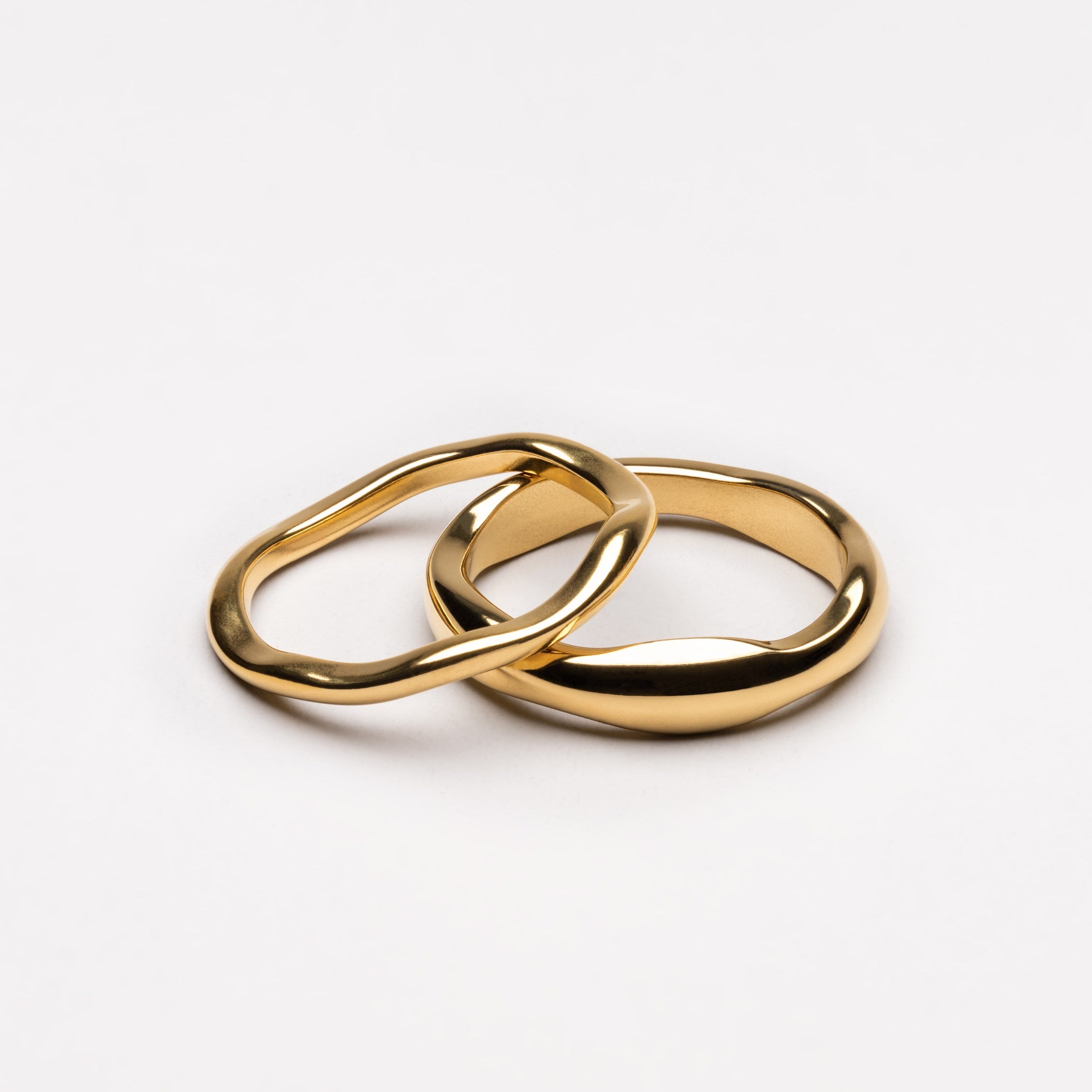


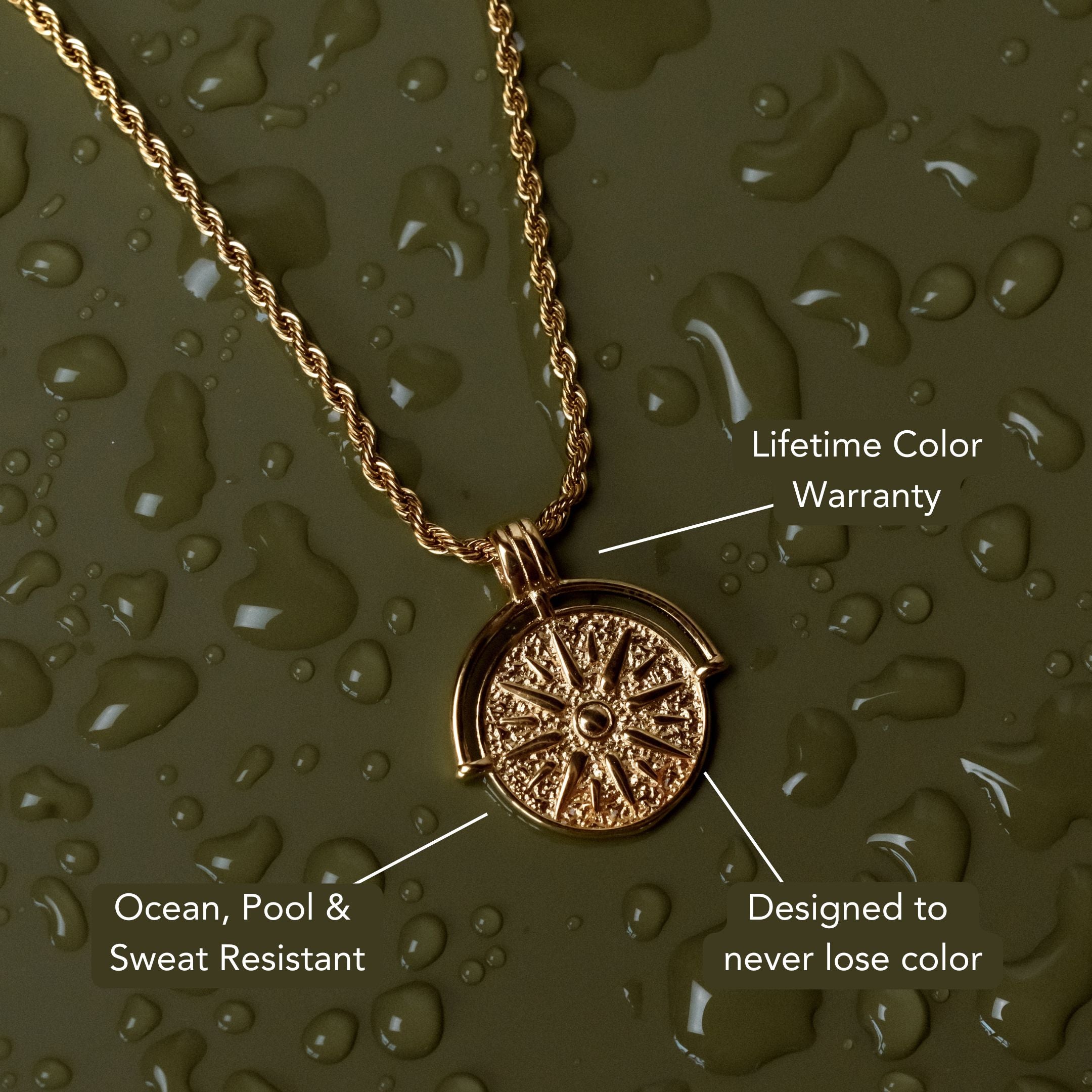
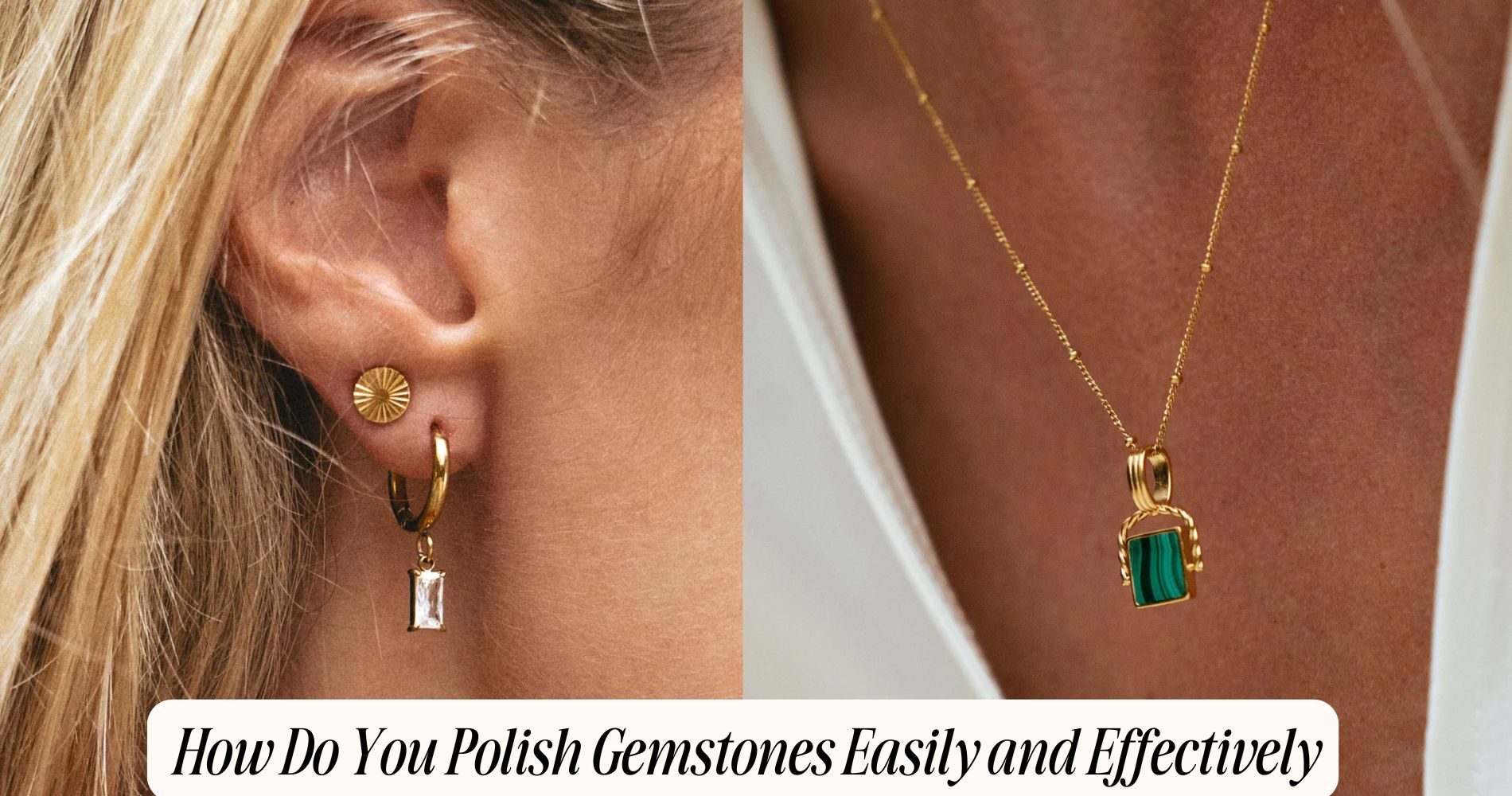
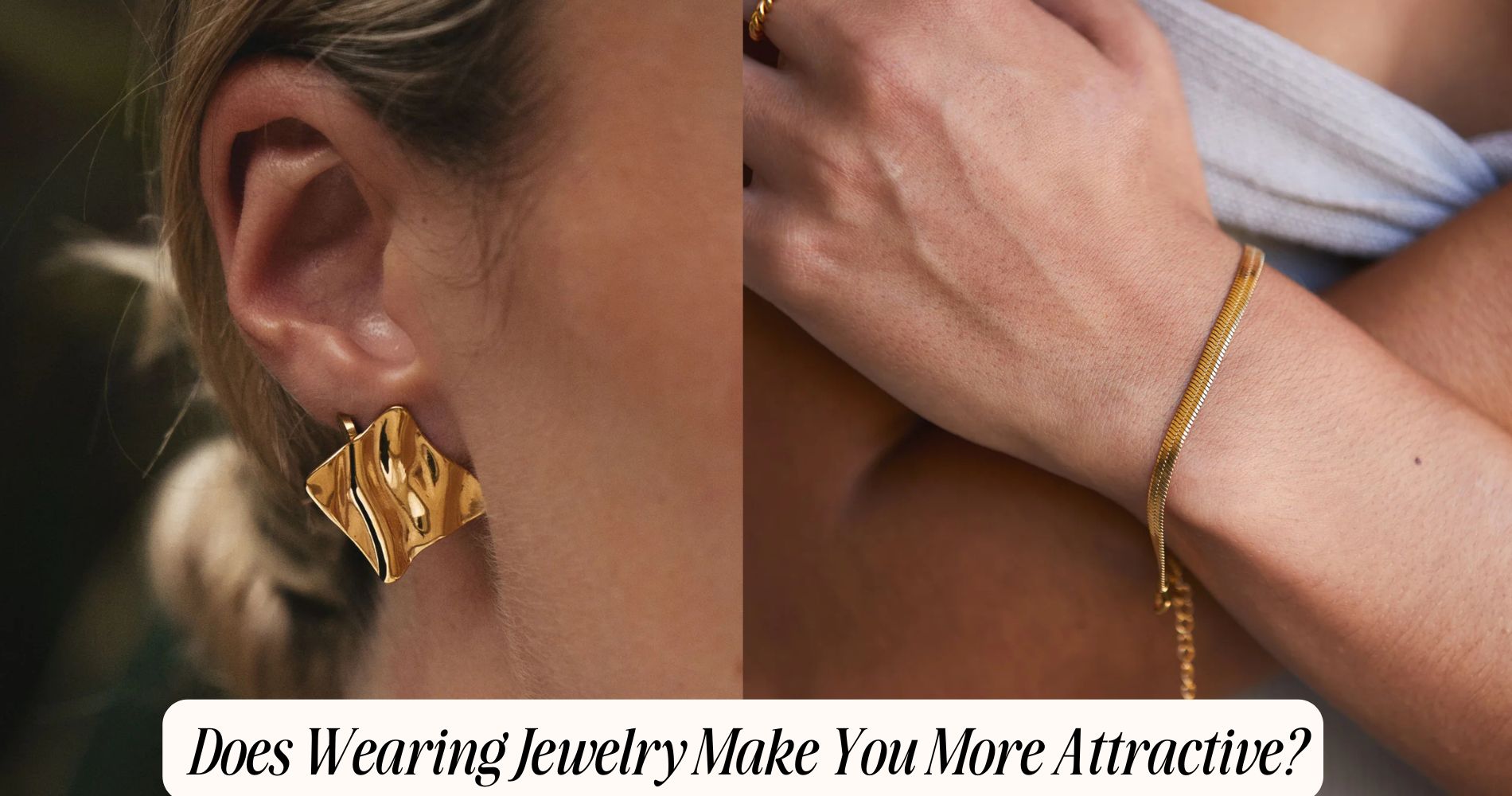




Leave a comment
This site is protected by hCaptcha and the hCaptcha Privacy Policy and Terms of Service apply.